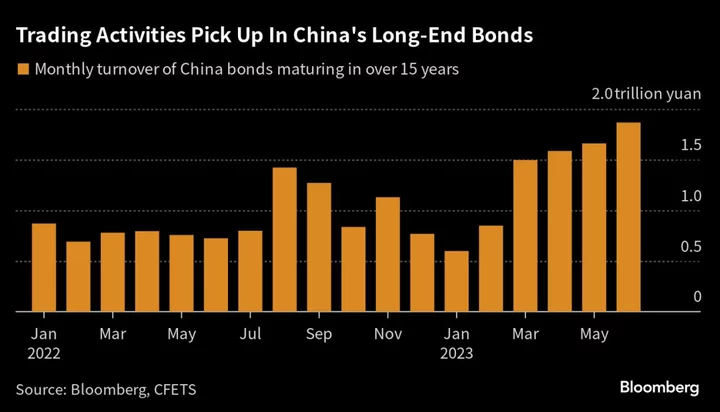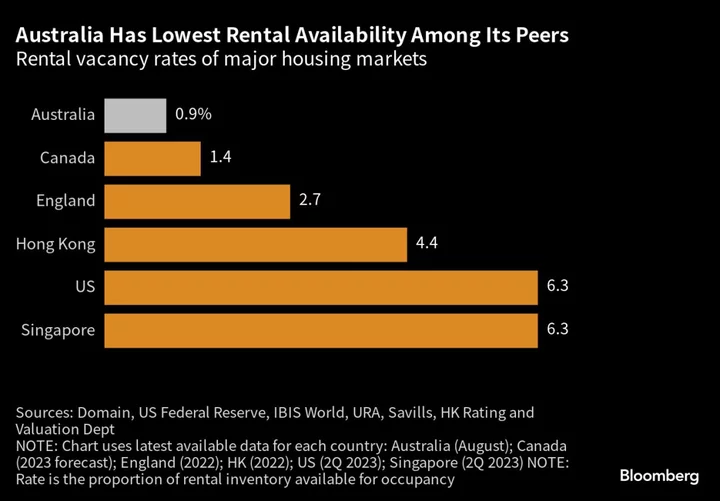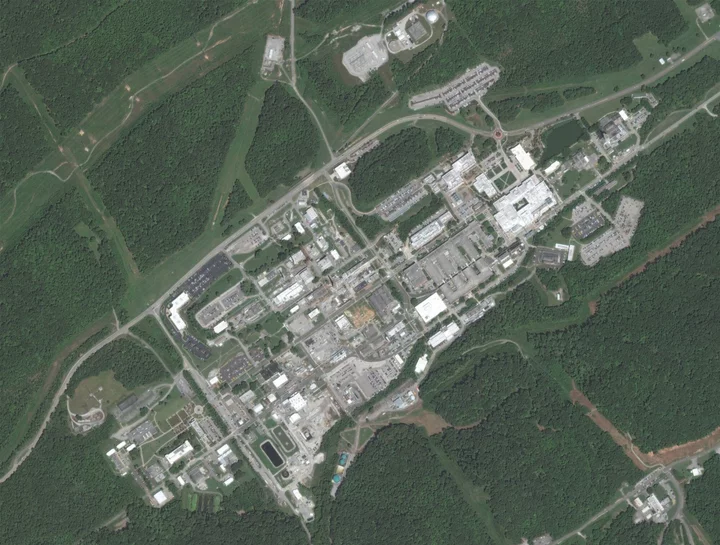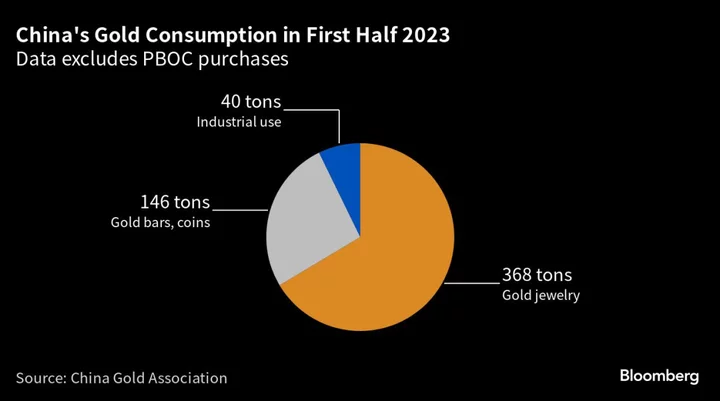Kazakhstan cut rates for a second straight time, extending its first cycle of monetary easing since 2020 after the surprise replacement of its central bank governor.
The National Bank of Kazakhstan on Friday lowered its benchmark to 16% from 16.5%. All economists polled by Bloomberg expected it to deliver a consecutive decrease for the first time in half a decade but were split over its likely size.
Policymakers signaled their space for further loosening this year is “highly limited” though not ruled out. The central bank expects inflation to end the year near the low end of its 10%-12% forecast range, according to a statement.
“Easing monetary policy before the end of the year will be considered provided that annual inflation slows to a single-digit level,” it said.
Installed just days after August’s quarter-point cut, Governor Timur Suleimenov wasted little time in promising continuity with his predecessor, warning that a range of risks may limit the space for further easing. The predicament has grown worse as the tenge comes under pressure, losing about 4% of its value against the dollar since his appointment on Sept. 4.
On Friday, the central bank listed several risks for consumer prices, ranging from a stronger fiscal impulse and unanchored inflation expectations to the potential of secondary effects from increases in fuel costs.
“Annual inflation is slowing rhythmically,” it said in the statement. “However, there are certain factors and risks that require attention.”
President Kassym-Jomart Tokayev’s pick became a worry for investors because it gave the reins of monetary policy to a more political appointee after what was largely a by-the-book approach under Galymzhan Pirmatov. Days before the decision, the Kazakh leader said “the economy needs money” and called for measures that could prompt banks to boost lending and redistribute their windfall profits.
“The National Bank reshuffle creates uncertainty over policy, but we are reluctant to see it as a downside risk to the tenge as of now,” BofA analysts Vladimir Osakovskiy and Mikhail Liluashvili said in a report before the decision. “The easing cycle is on track, but its pace and policy stance should not change as a result.”
Suleimenov served as the president’s first deputy chief of staff since the deadly unrest early last year, which Tokayev called an attempted coup. Prior to joining the presidential administration as an assistant in 2019, he worked as deputy central bank governor for less than a month and was economy minister before then.
The resumption of monetary easing ended a pause in place since the start of this year that kept official borrowing costs within a quarter-percentage point of the highest on record. Inflation has decelerated every month since February to fall under 12% in September, the slowest in over a year. Kazakh rates are now positive when adjusted for prices.
But a bout of depreciation in neighboring Russia has in recent months become a drag on the Kazakh currency. It’s among the world’s 10 worst performers against the dollar since early July.
At a Sept. 28 meeting with investors, Suleimenov linked the tenge weakness to the rate cut in August, gains by the dollar globally, and Kazakhstan’s suspension of its mandatory rule requiring state-run companies to sell 30% of their foreign-exchange revenues in the domestic market.
The Kazakh central bank has also said it reserves the right to wade into the currency market to smooth out the tenge’s fluctuations.
Without intervening directly in September, it sold $1.2 billion from the oil fund for transfer into the budget while purchasing smaller amounts of dollars as part of its other operations. The central bank also expects to sell up to $1.6 billion from the oil fund this month.
“Proinflationary risks remain heated by strong domestic demand,” Barclays economists including Zalina Alborova said in a report. “Also, rising inflation pressures in Russia and significant weakening of the ruble pose upside risks for Kazakh inflation via the exchange rate channel.”
--With assistance from Joel Rinneby.









